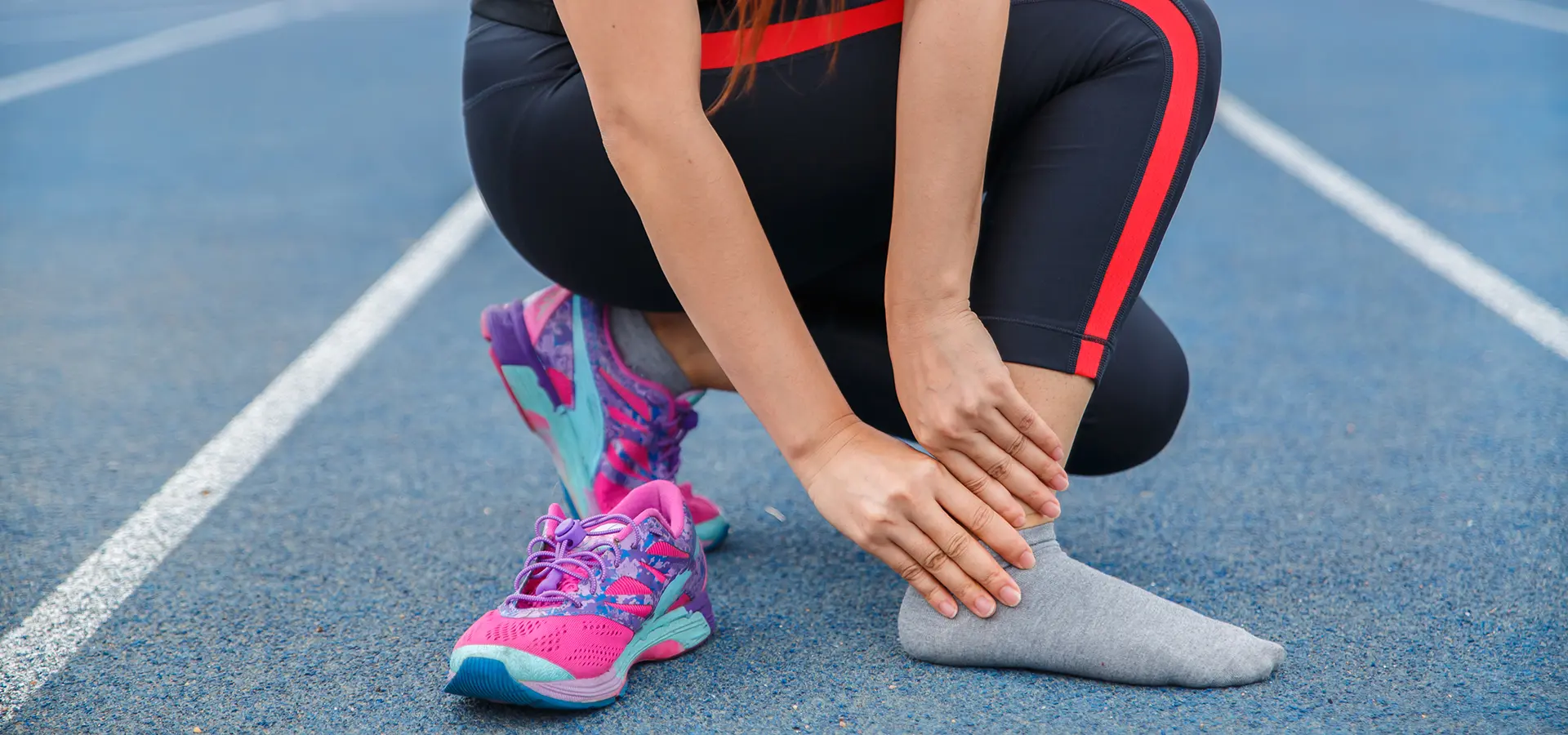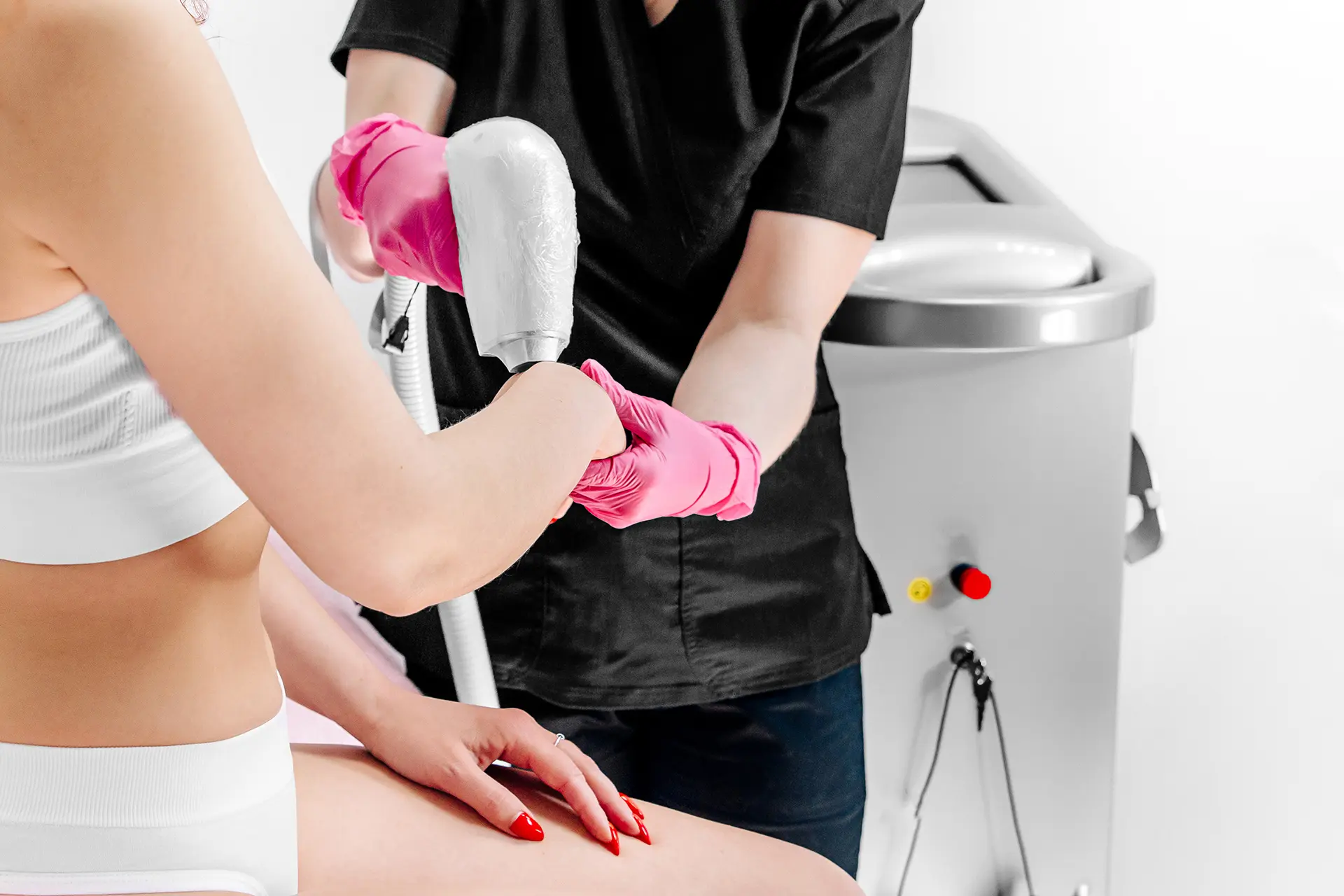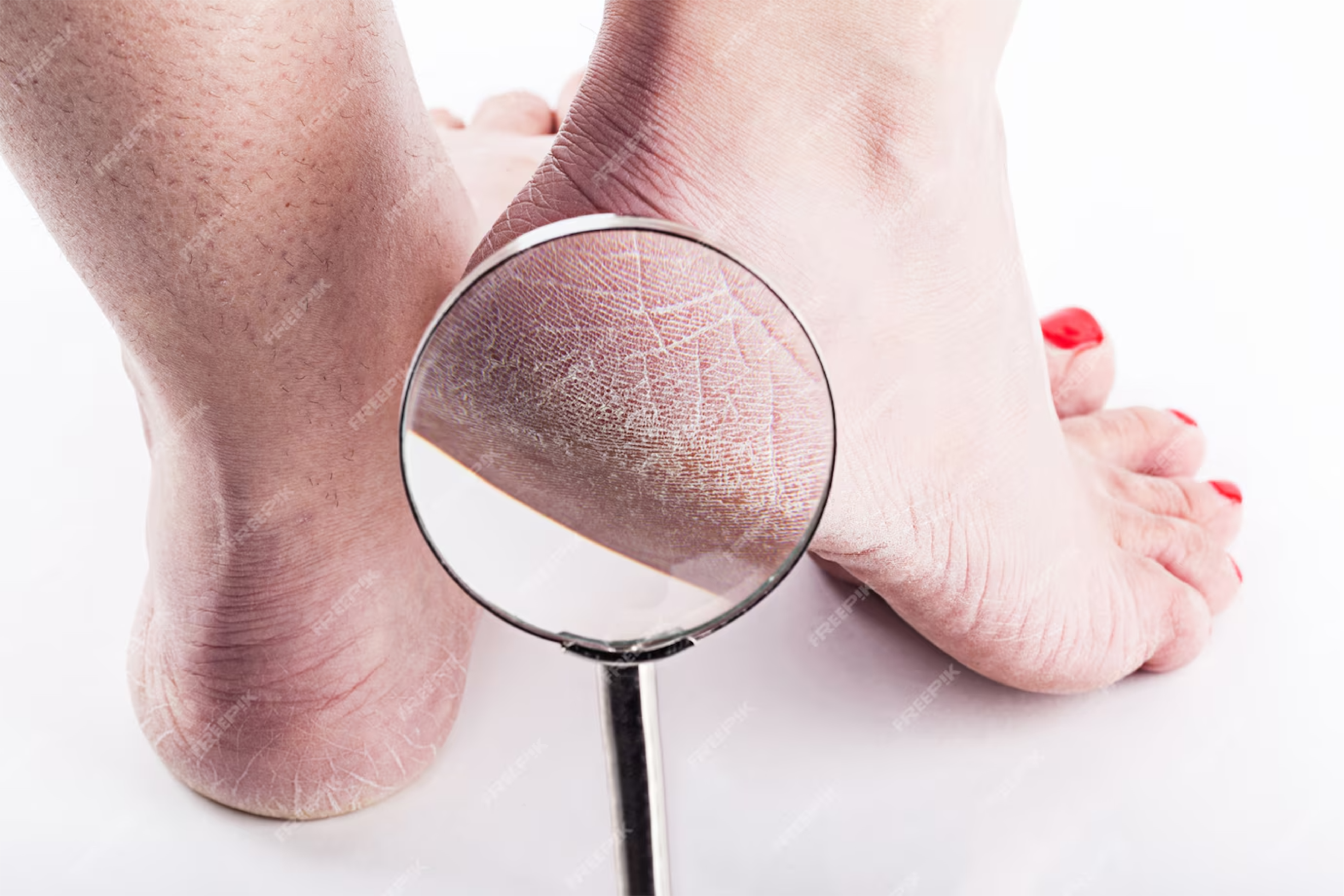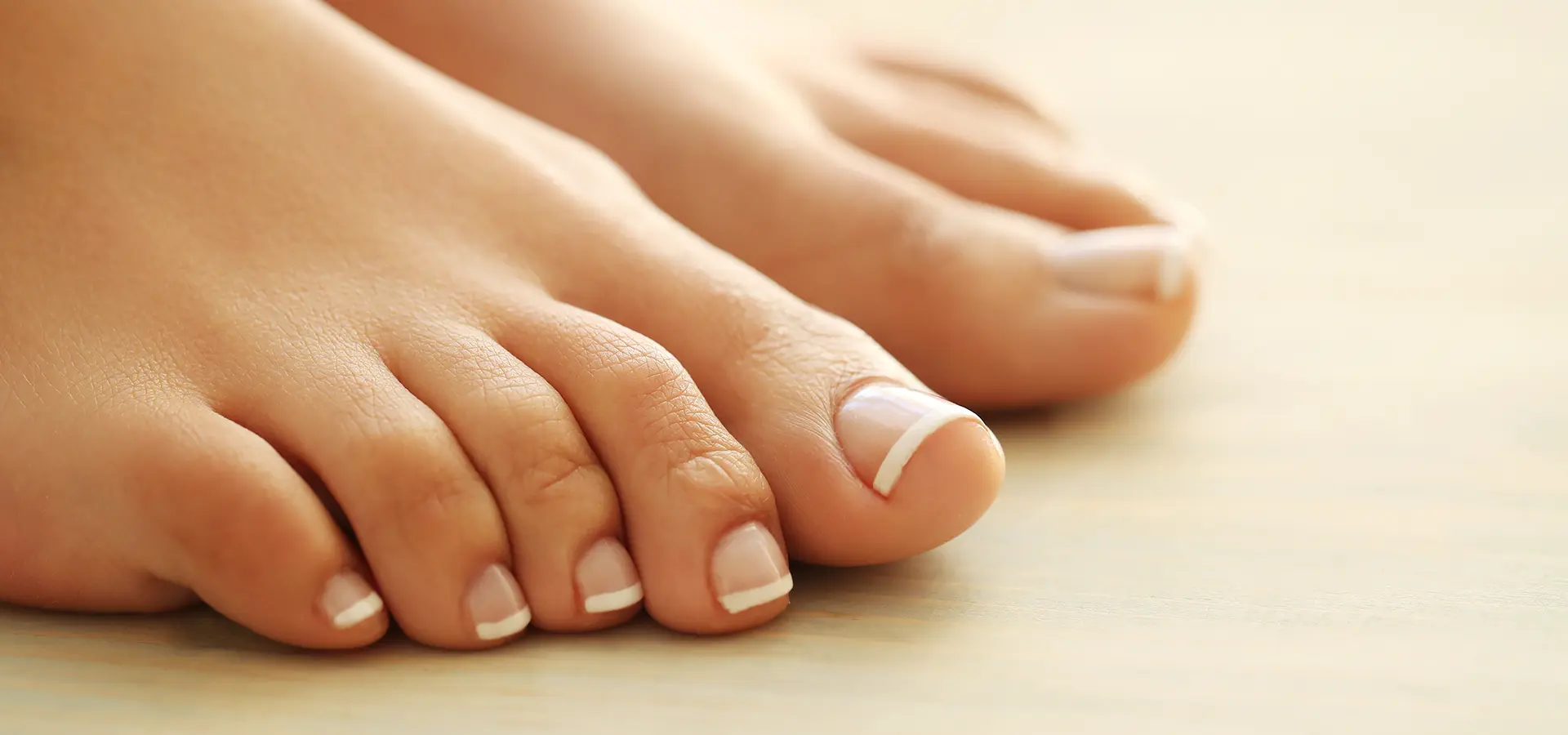In the world of sports, injuries are an unfortunate reality that can sideline even the most dedicated athletes. From the weekend warrior to the professional competitor, knee, elbow, and ankle pain can significantly impact performance and quality of life. Enter laser therapy – a revolutionary approach that’s changing the game in sports medicine. This cutting-edge treatment is helping athletes of all levels bounce back faster and stronger from common sports injuries.
The Science of Light in Healing
Laser therapy, also known as photobiomodulation or low-level laser therapy (LLLT), harnesses the power of light to stimulate healing at the cellular level. By delivering specific wavelengths of light to injured tissues, laser therapy triggers a cascade of biological effects that can accelerate recovery and reduce pain.
The process works by:
- Increasing cellular energy production
- Reducing inflammation
- Improving blood flow
- Stimulating collagen production
- Enhancing the body’s natural healing processes
For athletes dealing with knee, elbow, or ankle injuries, this translates to faster recovery times, reduced pain, and a quicker return to their sport of choice.
Knee Pain: A Common Foe

Knee injuries are prevalent in sports that involve running, jumping, or sudden changes in direction. Whether it’s a meniscus tear, ligament sprain, or the dreaded runner’s knee, laser therapy offers a non-invasive approach to treatment.
How Laser Therapy Helps:
- Reduces inflammation in the joint capsule
- Accelerates healing of soft tissue injuries
- Improves range of motion
- Decreases pain without the need for medication
A study published in the Lasers in Medical Science journal found that athletes with knee injuries who received laser therapy experienced significant pain reduction and improved functionality compared to those who received placebo treatment (Smith et al., 2018).
Real-World Application:
Consider Sarah, a marathon runner sidelined by patellofemoral pain syndrome, commonly known as runner’s knee. After six weeks of traditional physical therapy with minimal improvement, she turned to laser therapy. Within three sessions, Sarah reported a 50% reduction in pain. By week eight, she was back to her training schedule, preparing for her next race.
Elbow Pain: More Than Just Tennis Elbow

While tennis elbow (lateral epicondylitis) is a well-known condition, elbow pain can affect athletes in various sports, from golf to weightlifting. Laser therapy has shown promising results in treating both acute and chronic elbow conditions.
Benefits for Elbow Injuries:
- Reduces inflammation in the tendons
- Stimulates collagen production for tissue repair
- Improves grip strength
- Accelerates healing of micro-tears in the tendons
A randomized controlled trial published in the American Journal of Sports Medicine demonstrated that athletes with chronic tennis elbow who received laser therapy showed significant improvement in pain scores and grip strength compared to the control group (Johnson et al., 2019).
Case in Point:
Tom, a semi-professional golfer, had been struggling with golfer’s elbow for months. Traditional treatments provided only temporary relief. After a series of laser therapy sessions, Tom noticed a marked improvement in his pain levels and was able to increase his practice time without discomfort. Within two months, he was back to competing at his pre-injury level.
Ankle Pain: Stepping Back into Action

Ankle sprains and strains are among the most common sports injuries, affecting athletes across a wide range of disciplines. Laser therapy can be particularly effective in managing both the acute and chronic phases of ankle injuries.
Laser Therapy for Ankle Injuries:
- Reduces swelling and inflammation
- Accelerates ligament and tendon healing
- Improves joint mobility
- Enhances proprioception and balance
A meta-analysis of multiple studies, published in the Journal of Athletic Training, concluded that laser therapy, when used in conjunction with traditional rehabilitation protocols, significantly reduced recovery time for acute ankle sprains (Brown et al., 2020).
Success Story:
Lisa, a professional basketball player, suffered a grade II ankle sprain during a crucial game. Facing a potential six-week recovery period, she opted for intensive laser therapy alongside her rehabilitation program. The results were remarkable – Lisa returned to full practice in just three weeks, with improved stability and confidence in her injured ankle.
The Advantages of Laser Therapy in Sports Medicine
- Non-Invasive: Unlike surgery, laser therapy doesn’t require incisions or lengthy recovery periods.
- Pain-Free: The treatment itself is painless, offering a comfortable experience for athletes.
- Drug-Free: Laser therapy reduces the need for pain medications, minimizing the risk of side effects or dependency.
- Versatile: It can be used for both acute injuries and chronic conditions.
- Complementary: Laser therapy works well in conjunction with other treatments like physical therapy and exercise programs.
- Quick Sessions: Most treatments last between 5-20 minutes, fitting easily into an athlete’s busy schedule.
Implementing Laser Therapy in Your Recovery Plan
While laser therapy offers exciting possibilities for treating sports injuries, it’s essential to approach it as part of a comprehensive treatment plan. Here are some key considerations:
- Professional Assessment: Always start with a thorough evaluation by a sports medicine professional to ensure an accurate diagnosis.
- Customized Treatment: The wavelength, power, and duration of laser therapy should be tailored to your specific injury and needs.
- Consistent Application: For optimal results, adhere to the recommended treatment schedule.
- Holistic Approach: Combine laser therapy with appropriate rest, rehabilitation exercises, and gradual return to activity.
- Patience: While many athletes experience rapid improvement, healing times can vary. Trust the process and give your body time to respond.
The Future of Sports Injury Treatment

As research in laser therapy continues to advance, we can expect to see even more refined and targeted treatments for sports injuries. The potential for combining laser therapy with other cutting-edge technologies, such as regenerative medicine and wearable tech, opens up exciting possibilities for the future of sports medicine.
Conclusion
Laser therapy represents a significant leap forward in the treatment of sports injuries, offering athletes a powerful tool in their recovery arsenal. By harnessing the healing power of light, this innovative approach is helping knees bend, elbows swing, and ankles pivot with renewed strength and reduced pain. As more athletes and sports medicine professionals embrace laser therapy, we’re likely to see faster recovery times, improved performance, and extended careers across the sporting world. Whether you’re a weekend warrior or a professional athlete, laser therapy might just be the breakthrough you need to stay in the game and perform at your best.


